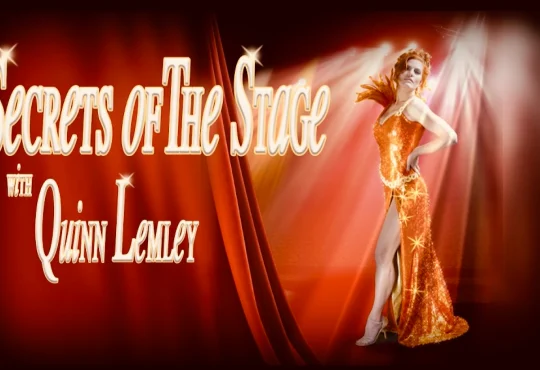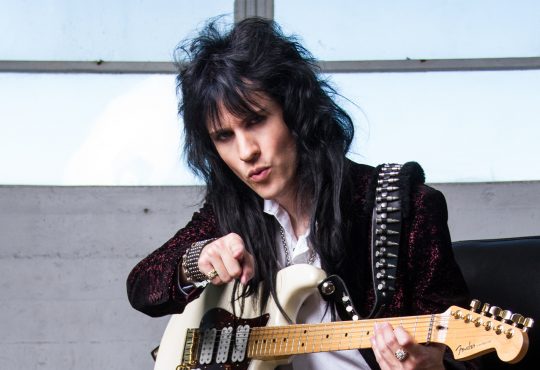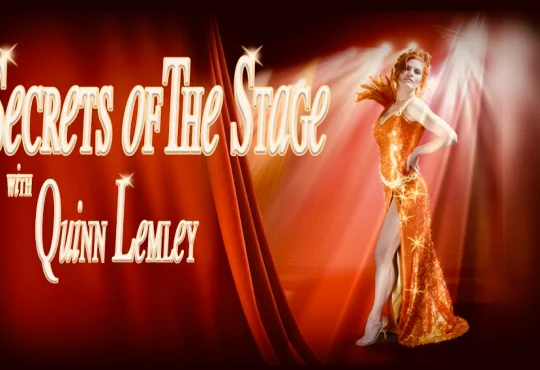The Most Terrifying Show on TV Right Now? It’s ‘Midnight Mass’
The people who live on Crockett Island, roughly an hour from the mainland, population 127, are the sort of folks you’d recognize if you’ve spent any time in quaint little American villages. There are still a handful of fishermen who remember when times weren’t so lean and the place was perfect for raising a family. There a few restless teenagers around, biding their time until they can leave. There’s the town doctor, who takes care of her ailing, geriatric mother, and the town drunk who, because of a tragedy years ago, has an unfortunate connection to the mayor. There’s the town handyman, who keeps everything from boat engines to the island’s electrical grid working up and running. Crockett just got a new sheriff as well, a widower with a son who works out of the back of the general store. Because the new lawman hails from the city — and is a Muslim — he’s had a harder time integrating with his largely Christian neighbors.
There are a few black sheep who’ve recently returned to the fold as well. Once upon a time, Riley Flynn (Friday Night Lights‘ Zach Gilford) went to Chicago to find his fortune. He made a pile of money, killed a young girl while driving drunk, and did a four-year prison sentence for manslaughter. Now he’s returned to live with his younger brother, his caring mother (Kristin Lehman) and chilly, stoic blue-collar father (Henry Thomas) while he picks up the pieces of his life. Also back: Erin Greene (Kate Siegel), who ran away during her younger, wilder years. She’s now pregnant, and has taken her late mother’s place as the town’s teacher. Erin and Riley have long been sweet on each other. The fact that they both find themselves on “the Crock Pot” once again feels like serendipity.
And then there’s Father Pruitt, the monsignor who’s held mass at church for longer than anyone can remember. He’s so beloved that everyone pitched in to send the octogenarian on a pilgrimage to the Holy Land. He was supposed to come back on the afternoon ferry this very day, in fact, right before a storm shuts everything down on the island. Only no one’s seen him, much to the consternation of that judgmental busybody Bev Keane (Samantha Sloyan), who helps out at the rectory. Instead, a younger priest has arrived. His name is Father Paul (Hamish Linklater). This friendly, charismatic man of god informs the congregation that Pruitt has taken ill while abroad; the diocese has asked Paul to fill in for the time being.
The locals don’t much like strangers, though they treat Father Paul kindly enough. Then the miracles start occurring. The paralyzed can suddenly walk. The sick start to recover. The elderly seem to be aging in reverse. Soon, the church has re-established itself as the spiritual center of this once-desolate village. It’s as if an angel of the Lord has visited them. An angel, or perhaps a devil ….
You may find yourself asking a number of questions in the first few hours of writer-director Mike Flanagan’s Netflix miniseries Midnight Mass, such as: Where is Father Pruitt, really? What’s the deal with the trunk that Father Paul keeps hauling around? Who’s responsible for all of those dead stray cats on the shoreline, and to whom do those yellow, glowing eyes — the ones we catch peering out of the darkness at odd moments — belong? Why, exactly, do so much of the cast seem to be sporting what’s obviously makeup and prosthetics designed to make them look decades older than they are? What’s behind these miracles? And is Hamish Linklater one of the top 10 best actors working today?
Never fear, you’ll get answers to all of these queries. (We’ll give you the last one for free: Judging from this series, yes, he is. Even if you’re familiar with the 45-year-old actor’s career on stage and in TV shows like Fargo and Legion, the three-layers-deep work that Linklater is doing over these seven episodes is extraordinary.) It’s the way that Flanagan carefully sets everything into place in anticipation of a bigger-picture nightmare that makes the payoffs so satisfying, cherry-picking from religious horror, European folklore, Americana paranoia and, notably, the back catalog of a very famous bestselling author. He’s established himself as someone who can do everything from neo-slasher flicks like 2016’s Hush to traditional ghost stories (see: Netflix’s respective hauntings of Hill House and Bly Manor). And he’s always a stylish filmmaker, someone who knows how to move a camera while keeping a catch-and-release game in perpetual motion; the man is not afraid to set up, say, the dynamics for how the entire town will deal with a crisis via a seven-minute single tracking shot dancing around carrion on a beach.
But Flanagan is arguably best known for his two Stephen King adaptations, Gerald’s Game (2017) and Doctor Sleep (2019), an ambitious Shining sequel that’s both an interesting take on how to remix a landmark movie’s signifiers and a cautionary tale re: the same. And it’s clear that he’s studied the literary master of horror’s playbook going into Midnight Mass, from the isolated small-town setting to the stranger offering a dodgy “salvation” to things that go bump, screech, and slurp in the night. There’s one King work in particular that casts a long, dark shadow over this, though not in a bad way. (The show’s use of fading into an old-timey picture to reveal something sinister feels awfully familiar as well.) Yet it feels less like fanboyish homage and more like a jumping-off point — as if these King-dom Come aspects had merely giving Flanagan the vocabulary to express his own ideas about guilt, redemption, faith, hope, and clarity over battling your own demons.
Which is why, at its best, Midnight Mass manages to make room for the scary and the sublime, the perverse and the personal and the profound. It starts to peak around the fourth episode, in which Gilford and Siegel trade their dueling theories about death — his being that the end’s a last-gasp psychedelic dream-dump, hers revolving around the dying enveloped in one last cocoon of pure, unfiltered love. The writing here proves that Flanagan isn’t just out to shock or spook you but to move you, to spark something deeper inside you than an involuntary scream (kudos to this episode’s cowriter, Dani Parker, as well). That he gives both of these perspectives equal weight and their own slow zoom-in speaks volumes. No sooner have you left this lofty, extended conversation than you’re treated, a short while later, to the sight of a man feeding hungrily from another man’s skull.
That sequence, and the episode’s climax, sets the stage for a second half that turns Midnight Mass into the single most terrifying thing on TV right now, and the reason why this slightly under-the-radar Netflix release has been slowly but steadily building word of mouth over the last two weeks. Congratulations: You now have your perfect Halloween binge. Flanagan has gone on record as saying that, when this series was still just a spec script and a dream, it was the best thing he’d ever done. Let us second that motion: For those of us who’ve admired his work but have found it a little wanting, this limited series feels like both the culmination of what he’s tried to do in the genre and a massive leveling up. It gives new meaning to the sacramental statement that “whoever eats my flesh and drinks my blood has eternal life.” And it drives home the notion that the evil that men do is bad, but the evil the good and the pious do in the name of righteousness is even worse. All that, and a series of final shots that perfectly co-mingle the bloodcurdling and the beautiful. We have truly been blessed.







